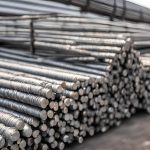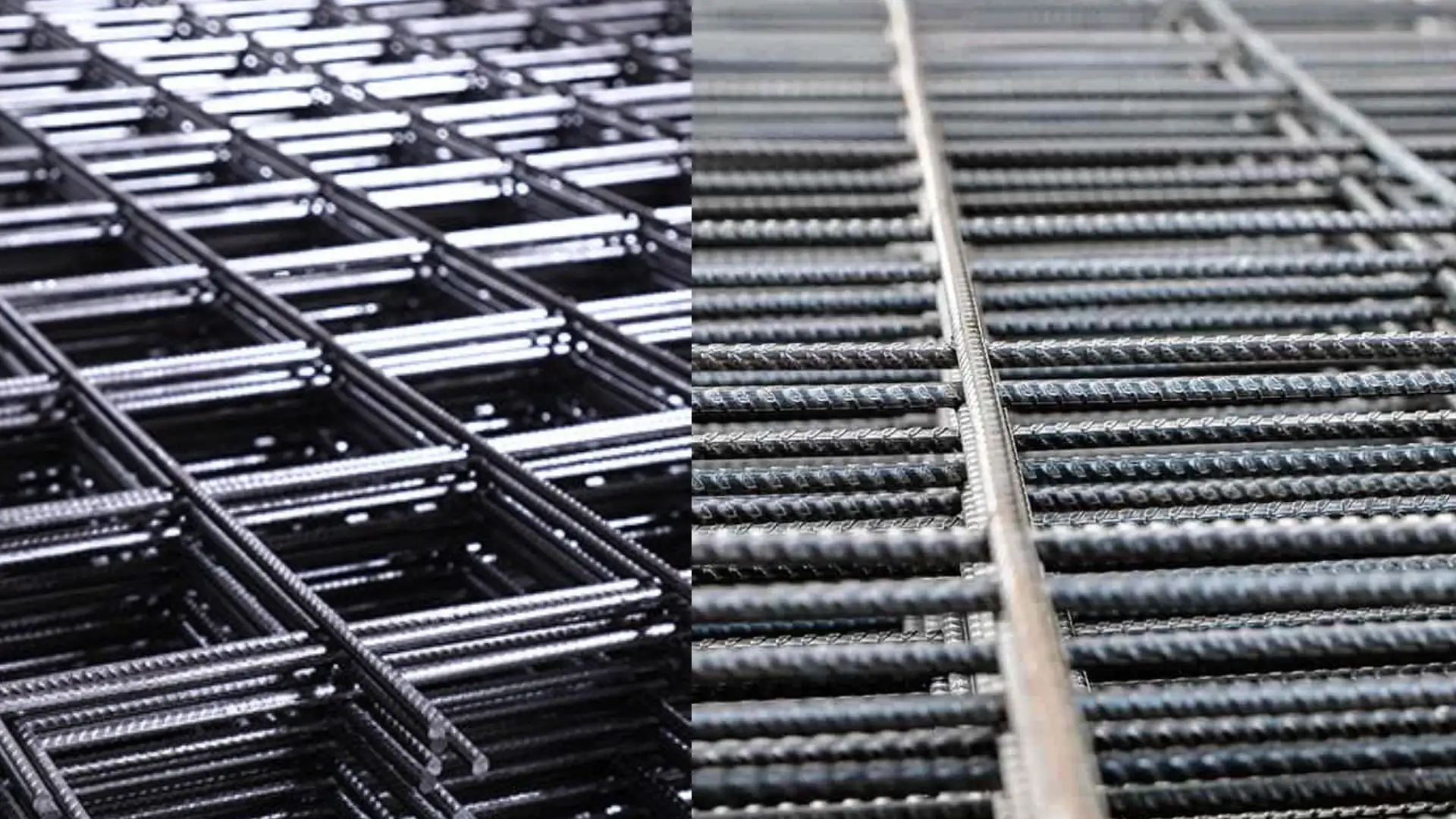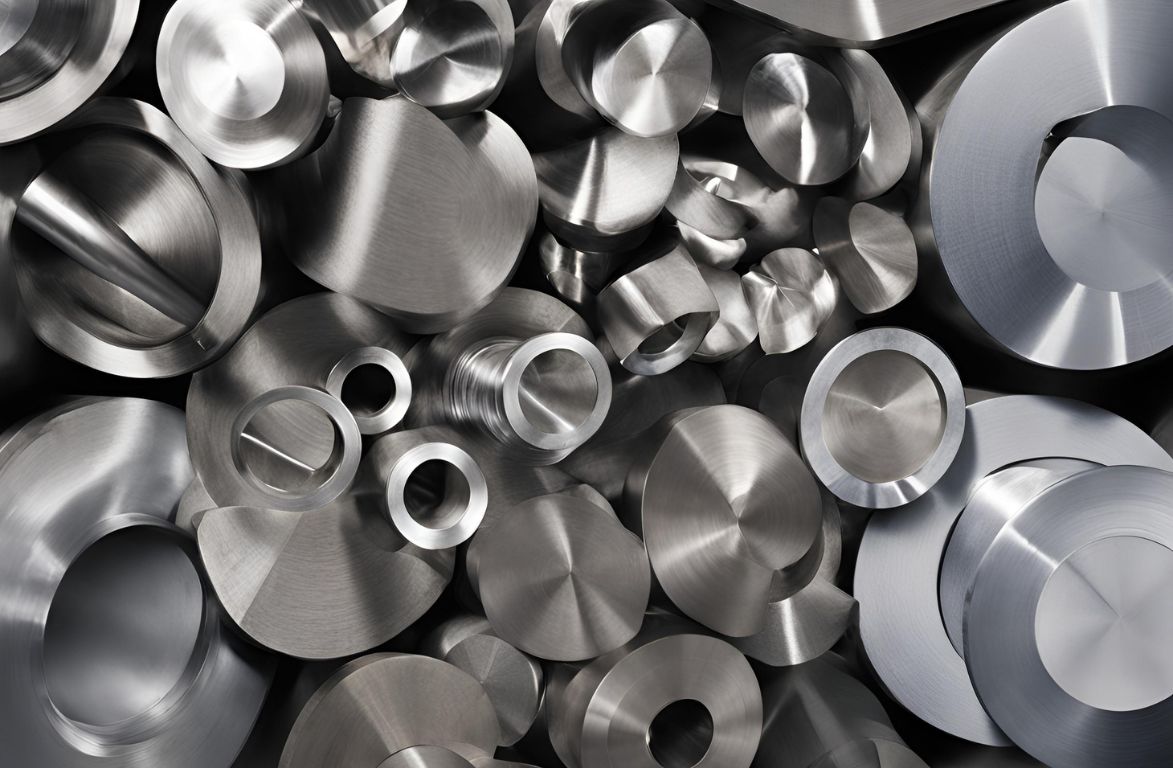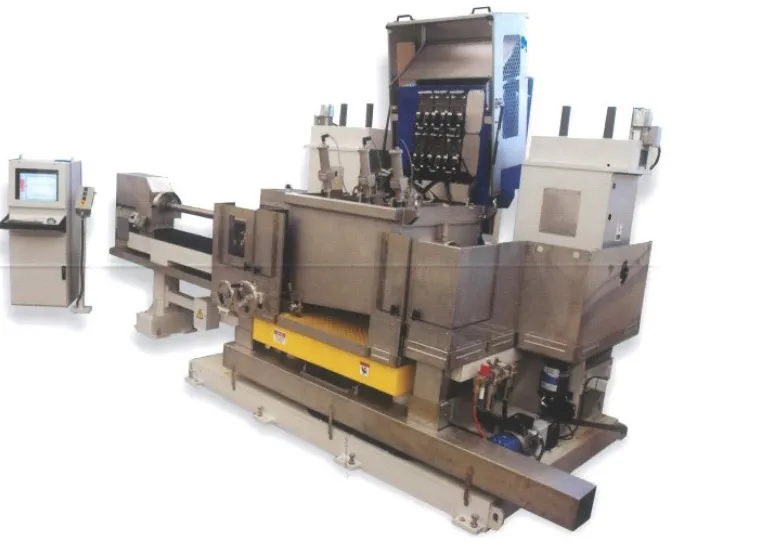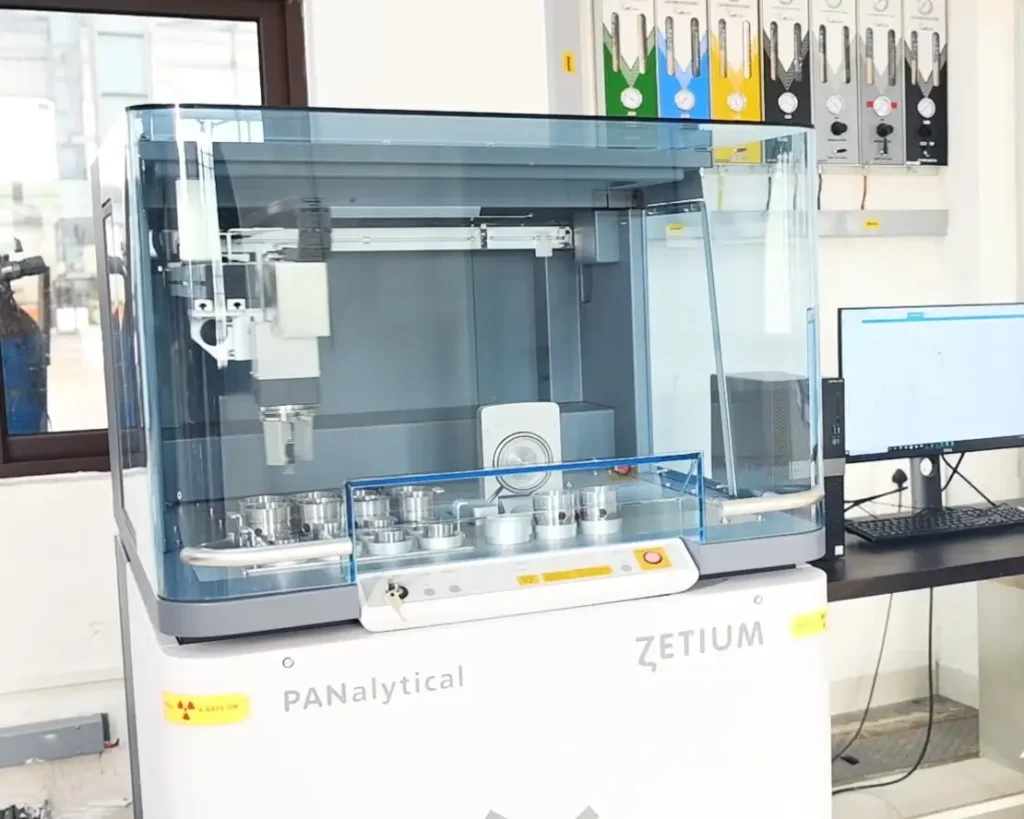When working with stainless steel, a mirror finish is important – not just because it looks good but because it also has other benefits. In this article, we understand how to get the perfect mirror finish on your stainless steel.
First, let us answer the main question: what is a mirror finish? As the name suggests, a mirror finish is highly smooth and reflective. It gives a scratch free appearance to the stainless steel. A mirror finish is also called a #8 finish.
Mirror finishes are usually used on those products that need to look aesthetically pleasing: for instance, artwork, architecture, or kitchen fittings. However, appearance is not the only thing that a mirror finish improves. This finish also makes the stainless steel highly resistant to corrosion. The procedure of polishing gets rid of the scratches that could possibly have any corrosive particles. Therefore, in architectural projects in coastal regions, mirror finishes become extremely important because there, the stainless steel is exposed to salt air.
In order to mirror polish your stainless steel, start by leveling or removing the weld. This can be done using a fiber disk. The weld can be leveled without distorting the steel in any way.
The next step is sanding. Leveling the weld removes all heavy marks of fabrication. Those areas can be brought up to the product finish of the base. Using a sanding disk, the areas where the fiber disk was used earlier can be sanded. First the fabricated areas will be sanded so as to bring it to the finish of the original sheet. Thereafter, the entire surface will be sanded. How much you need to sand will depend on how high you want your mirror finish to be.
After the sanding, we come to polishing. With a sander, a clean polishing mop, and some polishing compound of your choice, you can begin polishing by setting the sander to 2000-3000 RPM.
In order to ensure that the mirror finish is perfect, clean the surface of the steel before sanding. This ensures that particles don’t get rooted in the metal. It is also necessary to always use a clean mop for polishing. Even if using different polishes, use a clean mop for each type of polish.
Sunflag Iron and Steel Company Limited is BIS certified and the best place for all your steel needs. We have flats, rounds, round cornered squares, hexes, and coils for all your steel needs.




